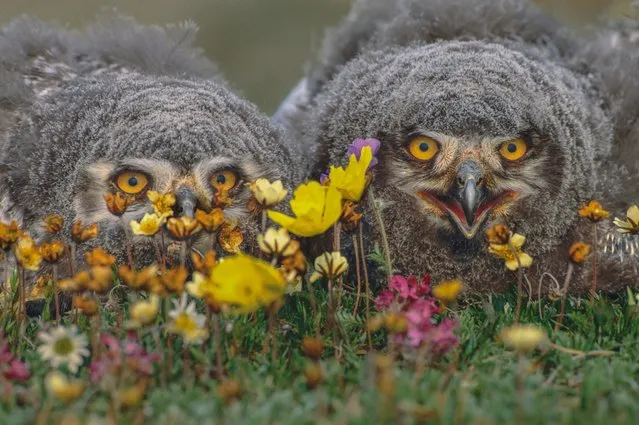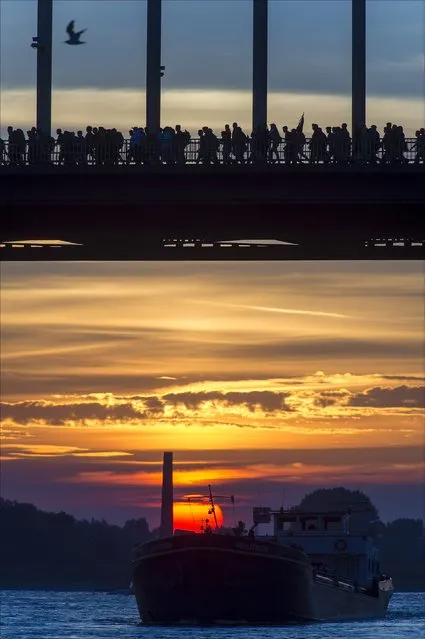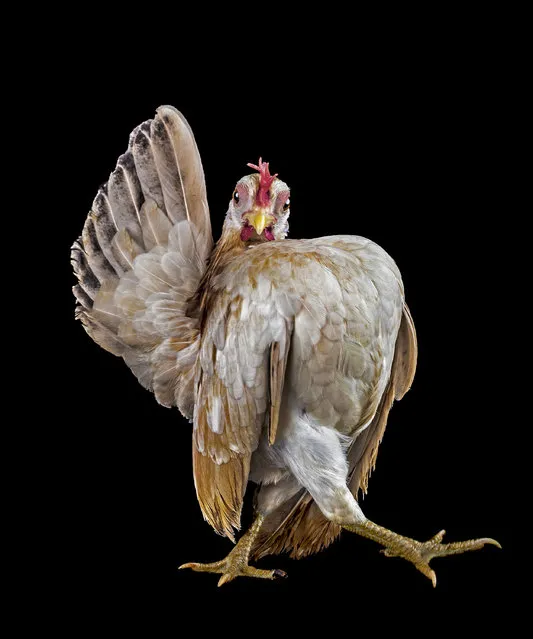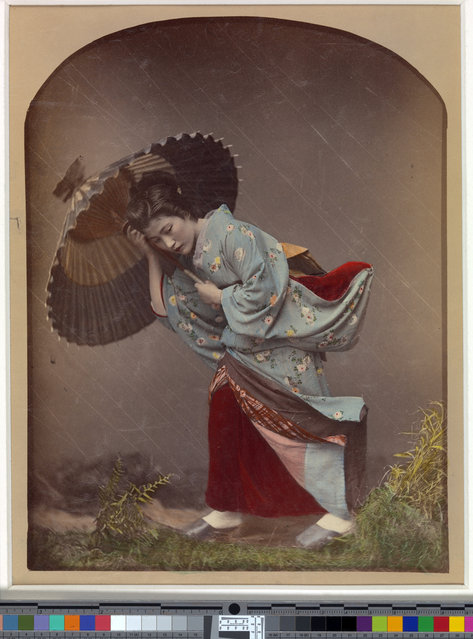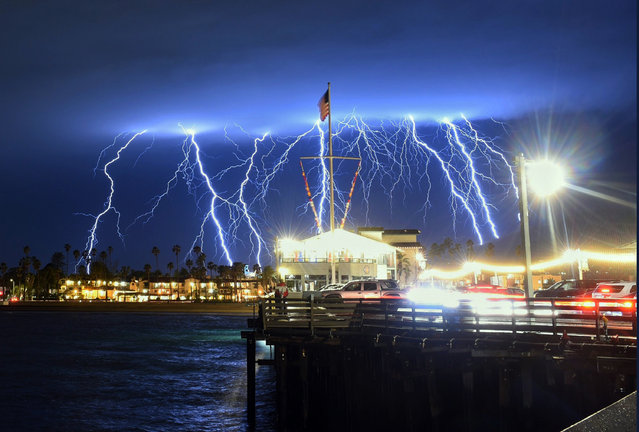
This time exposure photo provided by the Santa Barbara County Fire Department shows a series of lightning strikes over Santa Barbara, Calif., seen from Stearns Wharf in the city's harbor, Tuesday evening, March 5, 2019. A storm soaking California on Wednesday could trigger mudslides in wildfire burn areas where thousands of residents are under evacuation orders, authorities warned. (Photo by Mike Eliason/Santa Barbara County Fire Department via AP Photo)
22 Mar 2019 00:03:00,post received
0 comments

